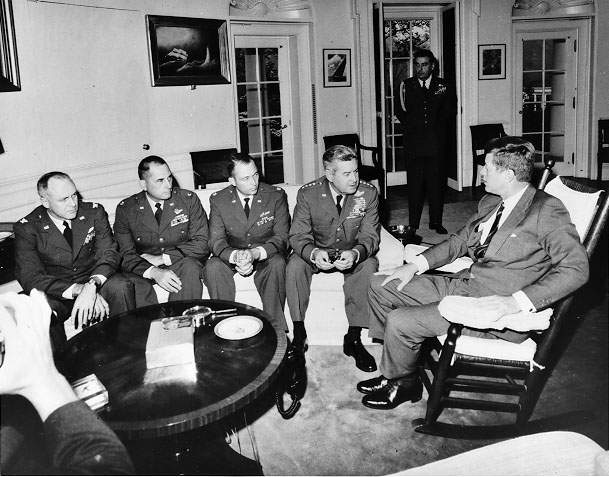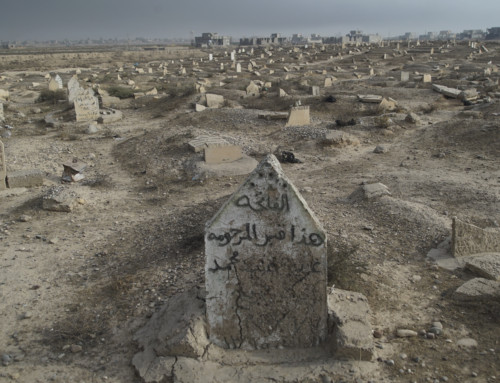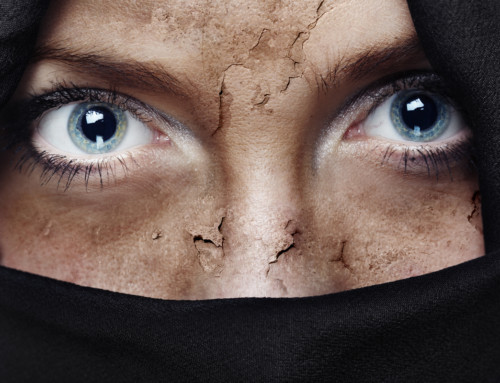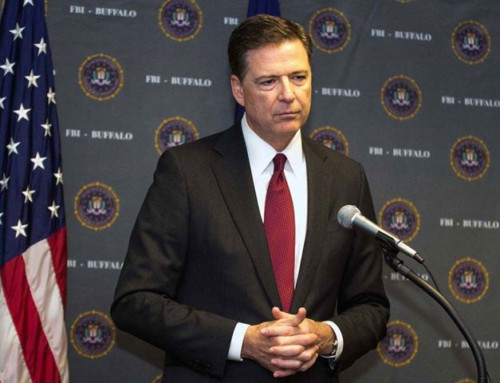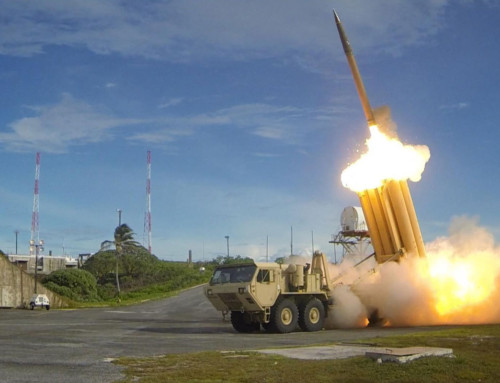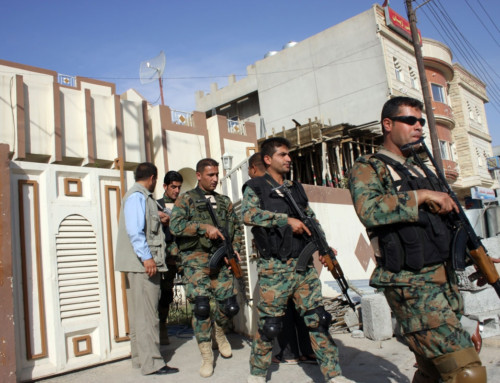Pictured Above: President Kennedy meets in the Oval Office with General Curtis LeMay and reconnaissance pilots who flew the Cuban missions. Third from the left is Major Richard Heyser who took the photos on which the Cuban missiles were first identified. Courtesy of CIA
While most of the US press was totally fixated on attaching the labels of racist, bigot, and white supremacist to the President, it totally missed one of the biggest stories in a generation—a nuclear war with North Korea was averted.
The Cuban Missile Crisis occurred during the 13 days from October 16th to the 28th of 1962. President Kennedy had recently gained solid evidence that the Soviet Union had placed both nuclear-armed bombers as well as nuclear-armed ballistic missiles in Cuba. And even though the US had deployed many more nuclear missiles in Italy and Turkey, capable of annihilating Moscow and much of the Soviet military installations, Kennedy believed, at the height of the Cold War, that the risk of having any Soviet nuclear weapons pointed at US cities and only 90 miles off our shores was too great. All the US alliances in Europe and the far East would be in jeopardy if the Soviets could hold a gun to our heads. The entire balance of power would shift to the Soviets, or so was his calculation.
Kennedy personally made phone calls to the heads of the New York Times and other press organs asking that they not report on the specifics of the crisis. Instead of hating and attempting to depose the president, at that time, the press was totally compliant to the wishes of the most popular president in anyone’s memory. So only hazy details leaked out.
I remember as a twelve-year-old boy, sitting at the breakfast table on a Saturday morning, October 27th, and noticing my parents were speaking to one another in hushed and nervous tones, and thinking that I and my little brother would not know what they were discussing. And when my mother said very softly, “I can’t believe this is happening,” I knew exactly what was happening and could see that they were both very afraid. They had both lived through World War II. And it was an age when both super powers were still conducting above-ground testing of massive nuclear weapons.
On that same evening of October 27th, each of the exhausted members of Kennedy’s team of crisis advisors, code named ExCom, on their way out of the White House, were given an envelope with instructions as to where their families should go in the event of a nuclear attack. They were to go to a secret Virginia mountain facility where the surviving US government would emerge to find its capital in radio-active ruins.
America’s naval blockade of Cuba was already in place and was awaiting the next armada of ships from Soviet Russia, bringing more nuclear weaponry and now cruising in its direction. If the Soviets attempted to breach the blockade, Kennedy’s orders had already been given—total conventional and nuclear war was to commence. But on Sunday morning October 28th, Chairman Nikita Khrushchev, sent President Kennedy an urgent message—he would have the missiles removed, loaded on to ships and, along with the bombers sent back to the Soviet Union.
Six nights later, President Kennedy received confirmation that the procedure had started and made an announcement to the nation, stating in his oval-office address, “The Soviet missile bases in Cuba are being dismantled.” As my friend, Bruce Herschensohn, put it, “With those nine words, millions of people returned to the life they had feared would not be lived.”
Similarly, last Monday Kim Jong Un, after threatening to launch nuclear weapons over Japan and at the Island of Guam where the US maintains large military bases and from where we will launch our bombers if the order is given to take out North Korea, announced that he was backing down…for now.
This is the first in a series of articles on how the US is dealing with the “New Cuban Missile Crisis.” Stay tuned.

